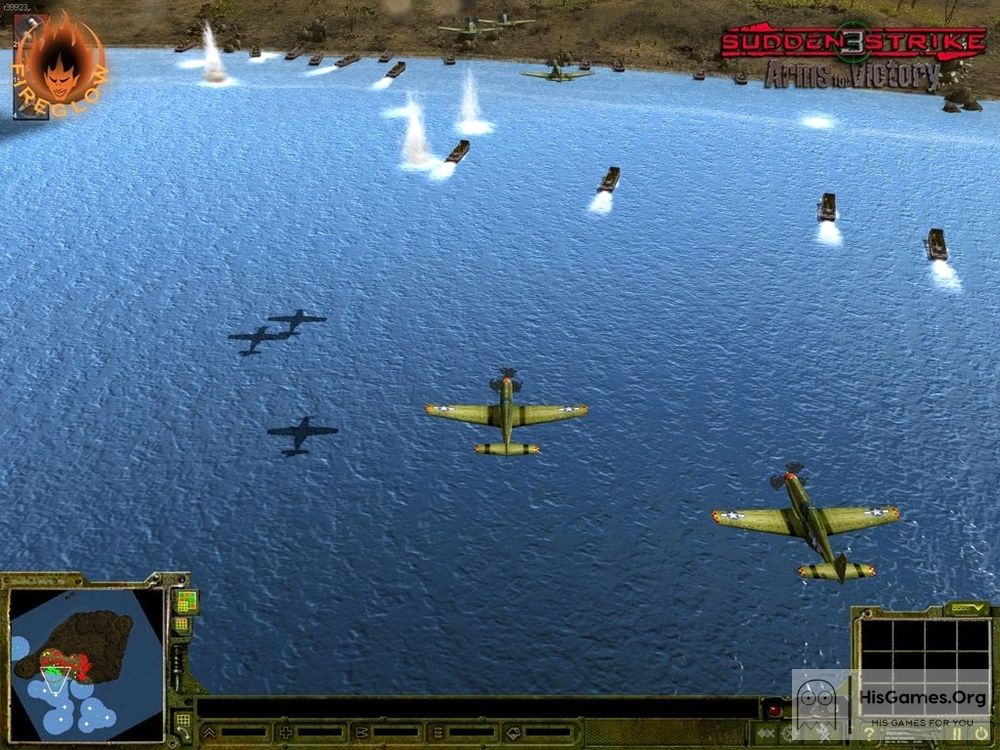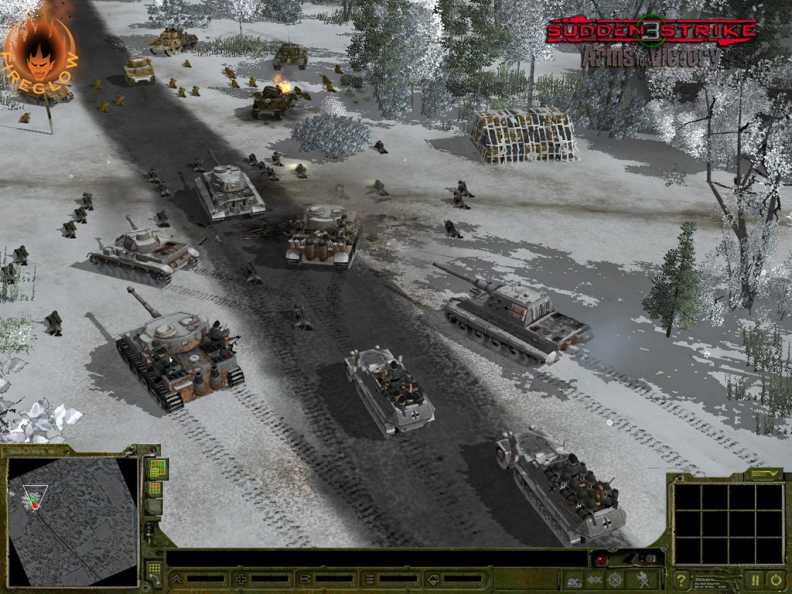


Unfortunately, they’re unable to do that when under fire and the Soviet forces have the mined street covered. Any vehicles rolling into the mines are likely to be disabled at best and completely destroyed at worst, but infantry can clear the area given time. Two alternate routes toward the first objective provide various ways of dealing with a street that has been mined. On a map like Stalingrad, which depicts a small corner of the city, in which the player (as an Axis commander) must clear the streets and two occupied factories, there’s a puzzle-like quality to proceedings.

There are reinforcements during missions, but these are scripted, meaning that you know exactly what tools you have to complete the job, whether that be to reach a certain part of the map, defend a strategic asset or destroy enemy fortifications. Here, the remnants of vehicles act as disruptive reminders of your losses. In many RTS games, even the mightiest units are sometimes used as ammunition rather than as weaponry, hurled in the direction of an opponent’s base or the bulk of their army and destroyed in the process of chipping away at a health bar. You work with what you’re given, treating every resource - whether human or machine - as an important asset rather than expendable. There is no base-building in the game, and no way to produce new units of any type. Developers Kite Games told me, in between my attempts to survive Stalingrad, that diversity of experience is an important aim in the design, so not every map will be a variation on the claustrophobic city streets that I found so effective.Įven when Sudden Strike is pitching an enormous number of tanks and infantry against one another, every unit has value. Whether there’ll be similar situations in the rest of the twenty-plus missions that make up the three campaigns of the singleplayer game, it’s difficult to say. That’s one dramatic example as to how Sudden Strike 4 tracks every element of the battlefield, and how each of those elements can have an impact on your tactical approach. Infantry could circumnavigate the wreckage but were soon pinned by enemy fire, and any vehicle larger than a motorbike struggled to get past the memory of my past mistakes in the form of those ruined tanks, nudging at their remains and barely making any progress, even as the turrets of the Russians locked into position for the kill. When I brought up reinforcements, from the rear of the map, navigating that street - the only (previously) clean run to our objective - was all but impossible. The wreckage blocked the road completely. The firefight that followed was swift and messy, as flames and smoke obscured the vision of my retreating infantry, several of which were cut down, and both of my tanks were rendered useless. I sent my tanks rumbling down the road, the infantry and support trucks lingering behind, using the great hulls of their companions as cover.ĭisaster struck when two Russian tanks caught us in crossfire, destroying the tracks on both of my lead vehicles. On the Stalingrad map that I played, clearing a street opened a route straight through to a key objective. Sudden Strike 4 doesn’t care for cleanliness. You could read that as a commentary on the horrors of war, in which men and machines alike are swiftly forgotten in the midst of battle, or you could see it as a way to keep battlefields clean as commanders click and scroll across them. One of the key tenets of most RTS games is that everything is disposable. Sudden Strike 4 is a return to a slower, more thoughtful time. Exceptions existed, with Company of Heroes the most splendid of them, but the wider arena of real-time strategy esemed like a thing of my past for a while.

Either way, there was a point when war, whether interstellar or historical, became unmanageable for me. Either RTS games got faster or I got slower.


 0 kommentar(er)
0 kommentar(er)
